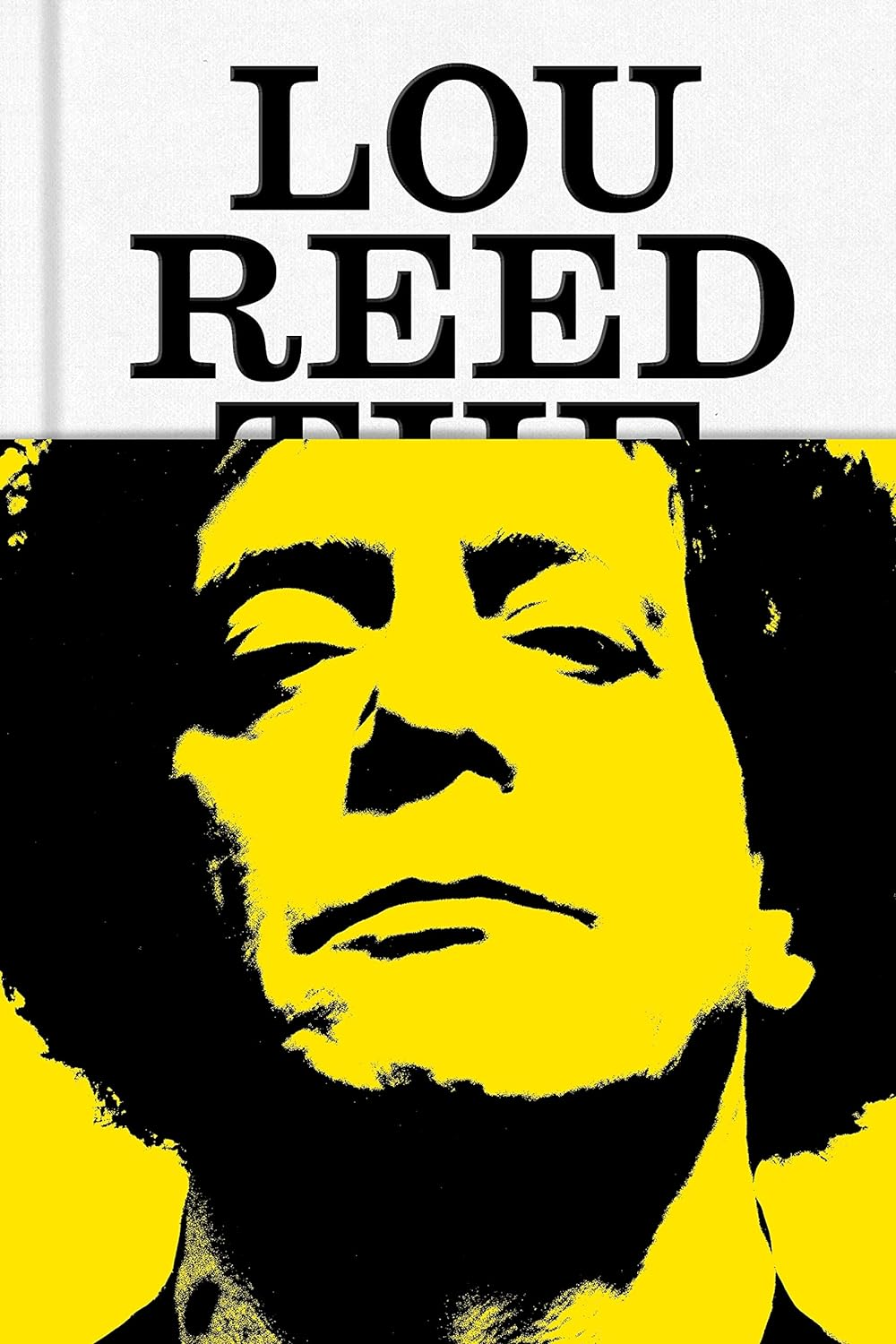One of the intriguing things about the Velvet Underground is that so many of the artists they’ve inspired went on to become exponentially more successful than the Velvets themselves. Reed and his former bandmates, despite their ambitions, seem forever destined to linger in semi-obscurity, a “somewhere over there” corner of rock. Can anything ever change that? Should anything ever change that?
Lou Reed, as a book, is not concerned with lionizing or demolishing its principal subject. Instead, it sets out to tell the story of the artist’s up-and-down career and complicated personal life, giving equal weight to each. Hermes quickly establishes that “Lou Reed” was a character creation of Lewis Allan Reed, an insecure kid from Freeport, Long Island. Reed’s life, like a lot of lives, was punctuated by moments of transcendence between pronounced periods of muck. He wanted to write hit songs, and he desperately wanted to be famous. But he was also drawn to challenging, experimental art. He made some of his best work alongside the classically trained musician John Cale, one of many people who helped him blossom in New York City. Across more than 400 pages, readers come to know them all.
Fans will likely devour many of these stories and want to live inside of them. (Many will probably also dream of living inside Cale’s $25-a-month Lower East Side loft, but those were different times.) The book almost molds to the shape of Reed’s music. Like Reed as a songwriter, Hermes is savvy, empathetic, and, crucially, not afraid to deliver occasional indictments. He memorably describes Reed as having “a literal and spiritual resting bitch face.” Yet throughout the book, Reed also comes across as tender. This sweet-and-sour juxtaposition was the bedrock of his art; it’s partly what continues to crack something open in people. Soulful, acerbic, funny, bleak: Reed’s output was never an either/or, always a both.
Hermes traces the imperfect arc of Reed’s life, sometimes week by week, bender by bender. Early Velvets gigs are rendered vividly. Jackie Kennedy, Salvador Dalí, Allen Ginsberg, Sammy Davis Jr., and Walter Cronkite all showed up to experience the band’s residency at an East Village club called the Dom, with, as Hermes writes, “limos pulling to the curb.” Hermes makes the case that Reed was probably threatened by his onetime Velvets bandmate Nico, whom he first saw in Federico Fellini’s La Dolce Vita. During Nico’s stint in the group, Reed would sometimes prank her by cutting off her microphone at rehearsals and intentionally smothering her vocals with guitar noise. Reed comes off as a poet, a prophet, and—how many ways can you say this?—a dick.
